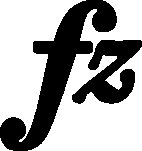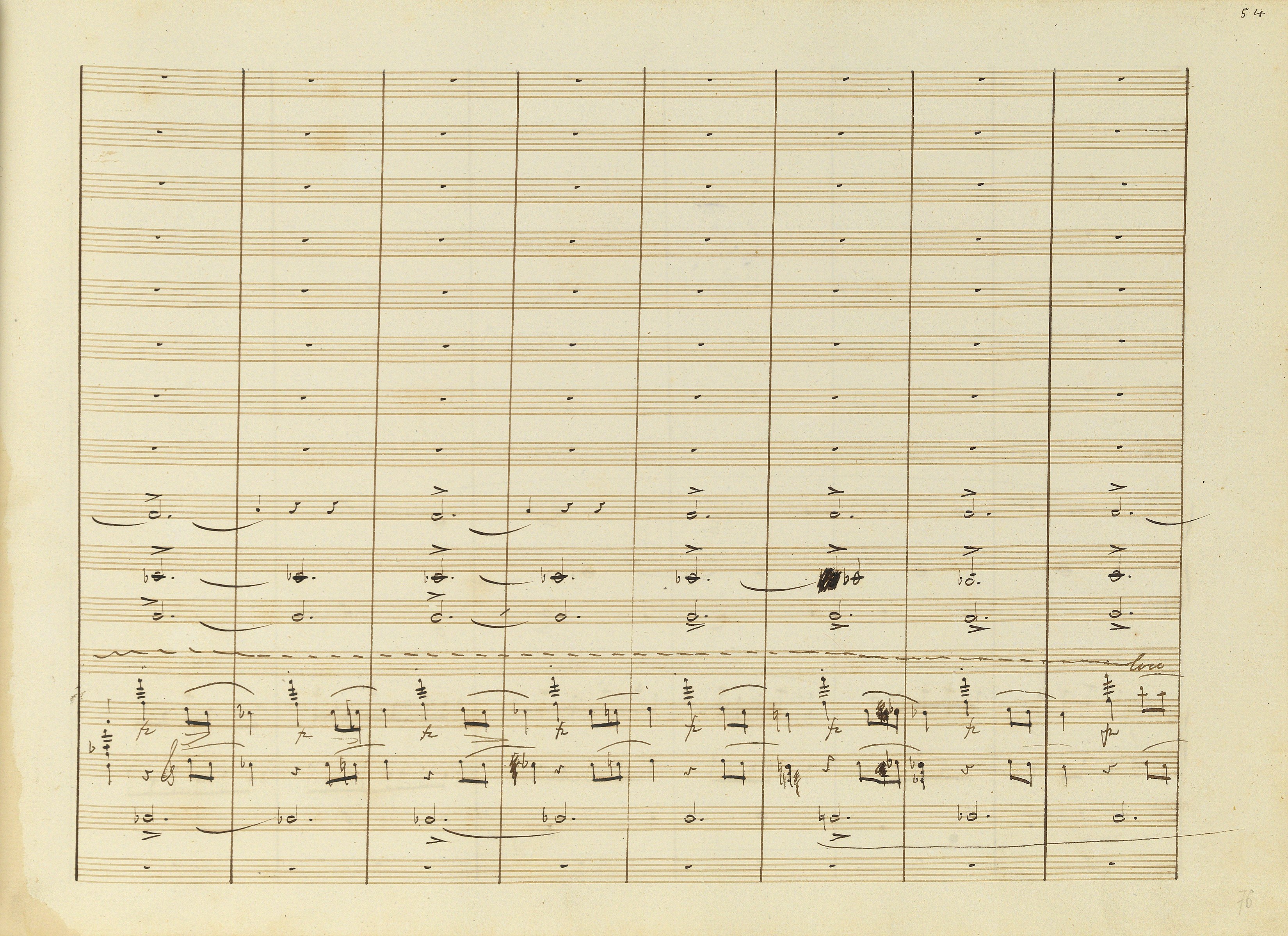Op. 2, Variations in B♭ major
Op. 10, 12 Etudes
Op. 11, Concerto in E minor
Op. 21, Concerto in F minor
Op. 22, Polonaise in E♭ major
Op. 24, 4 Mazurkas
Op. 25, 12 Etudes
Op. 26, 2 Polonaises
Op. 27, 2 Nocturnes
Op. 28, 24 Preludes
Op. 30, 4 Mazurkas
Op. 35, Sonata in B♭ minor
Op. 50, 3 Mazurkas
Op. 63, 3 Mazurkas
Op. 64, 3 Waltzes
(Op. 4), Sonata in C minor




Op. 21, Concerto in F minor, Mvt III
In EE the notation of the accents in all of these bars was unified in such a way that the  and the accent (short) constitute one marking under the f3-f4 octave. Since in FE an accent is present only in bar 369 (a long one on the 3rd beat), it required moving this sign and adding 6 further accents – it was certainly analogous bars 29-32 that were taken as the model in this case. Due to the differences in the remaining sources, we discuss bars 370-371, 372 and 373 separately.
and the accent (short) constitute one marking under the f3-f4 octave. Since in FE an accent is present only in bar 369 (a long one on the 3rd beat), it required moving this sign and adding 6 further accents – it was certainly analogous bars 29-32 that were taken as the model in this case. Due to the differences in the remaining sources, we discuss bars 370-371, 372 and 373 separately.
Compare the passage in the sources »
category imprint: Differences between sources
issues: EE revisions
notation: Articulation, Accents, Hairpins



